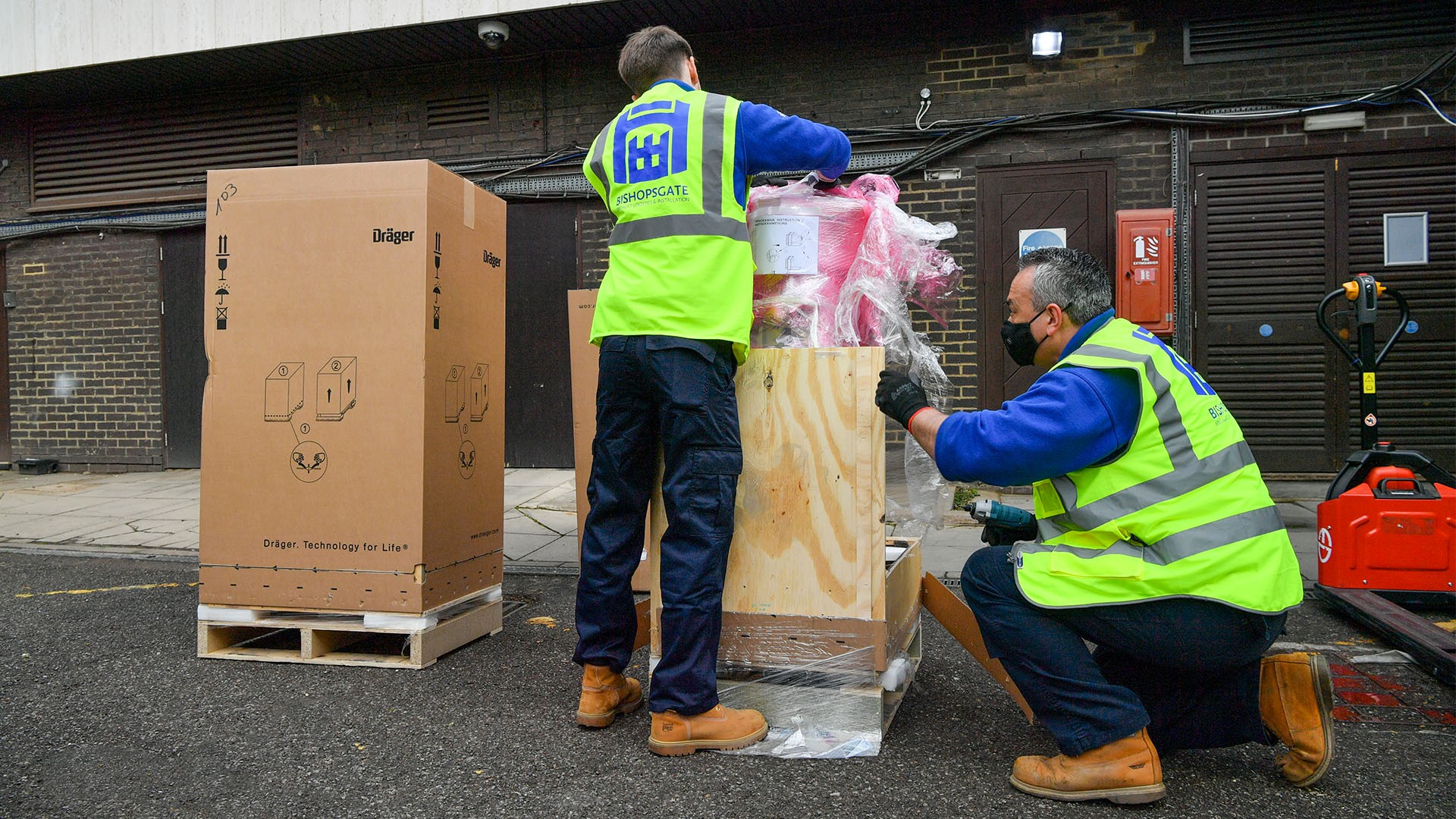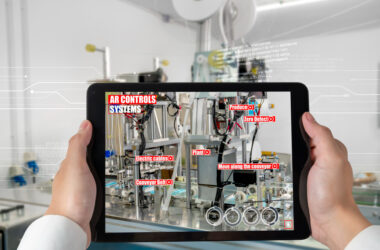Modern medicine relies heavily on the use of heavy equipment, and this is especially true in the field of cancer, which uses nuclear medicine and radiation therapy as its principal treatment modalities. MRI scanners, X-ray machines, and cyclotrons are all examples of complicated machinery that need special transportation equipment, years of experience, and, in some cases, a licence to install, move, or repair. Moving pricey medical equipment might easily balloon in cost if your shippers aren’t aware of the special needs of the equipment and the unique waste management challenges it presents.
Which Types of Medical Equipment Require Unique Arrangements for Delivery?
Moving medical equipment that is delicate, heavy, or worth several million dollars is a task best left to qualified specialists, whether you’re moving it across floors in the same hospital or shipping it to a different healthcare provider on the other side of the country.
Rowe Transfer is qualified to handle the relocation of even the most sensitive and hazardous equipment, including cyclotrons. We take care to properly dismantle, inventory, pack or box, transport, reinstall, and dispose of all items in coordination with the machinery’s original makers and service specialists. For the Transportation of Medical Devices you can get it all now.
A Guide to Moving Medical Equipment
The process of moving large pieces of medical equipment might seem daunting and complicated, even if you employ professionals to manage the logistics. Rowe Transfer has conducted hundreds of comparable projects, allowing us to highlight six key steps that can expedite the process.
Create a centralised information hub where questions may be directed.
Who has the last word inside your organisation when it comes to how you’ll manage the move? Despite your best efforts to answer this question with a variety of names, “no one” is the only acceptable option. Medical device transportation may cause interruptions inside your practise, and you’ll need to appoint a point person to handle internal communications and external relations while the devices are in transit (i.e. your medical equipment transport company).
Expertise in the relocation of a medical practise or hospital unit
In addition to employing an internal coordinator, some healthcare organisations choose to bring in an experienced project manager from the outside to deal with the logistics of transporting medical devices or remediating contaminated areas. Yet some choose to do both. Rowe Transfer has the resources and know-how to ensure that no more money is needed. When it comes to moving a medical device, our staff always takes a holistic approach. If you could just provide us the name and number of the person on your team who is in charge of keeping everyone informed of the latest developments and upcoming schedule, that would be great.
It’s important to take several readings on all measurements.
The vast bulk of medical gear is so large that it may easily fill an entire room if it is put to work. When a new hospital wing is being constructed, medical technologies like MRI scanners and radiation therapy machines are often installed. Construction of walls, doors, floors, and corridors ensues around these fixtures. This means we’ll have to disassemble the machinery and maybe even temporarily relocate walls or seal off floors to get it where it needs to go.












